Frequently Asked Questions
-
Saveful is compatible with Android and iPhone. You can download the app onto your iPad – the text will be small and it might display a bit wonky because the app hasn’t been optimised for iPad, yet. For the best experience, download Saveful on your mobile phone.
-
If you’ve waited longer than 5 minutes and still don’t have a verification email, tap the resend code button in the app.
There’s also a chance your verification email could’ve landed in your spam folder, so take a look in there!
-
If you get this message, your reset code is probably out of sync. We suggest waiting for a couple of minutes before coming back and trying again. When you do – only press the ‘resend code’ message once, and click the link in the most recent verification email. Older emails will no longer work.
-
This could be because of your display settings. Saveful works best when set to regular font size. To change your text size settings on an iPhone, just head to ‘settings’ ‘accessibility’ then tap ‘display & text size’ and make sure ‘bold text’ and ‘larger text’ are toggled to ‘off’ when using Saveful.
We’re always working to optimise Saveful for all user preferences. So, thanks for your feedback and patience in the early days!
saveful app faq
About our calculations
-
The average Australian wastes around 98kg of food every year, despite 70 per cent of food binned being perfectly edible. The good news? Through small, everyday actions we can change this (and save ourselves money and time while doing it)!
^ United Nations Environment Program’s Food Waste Index Report 2024: Think, Eat, Save. Tracking Food Waste to Halve Global Food waste. -
The average Australian household spends around $2,500* on food that ends up in the bin. That’s the same amount as a week’s accommodation for the fam in Byron Bay. So, let’s start saving right now.
*Food Innovation Australia Limited’s National Food Waste Strategy Feasibility Study -
Technically, yes. Why? Because compost still produces methane. Check out our hack content sprinkled throughout Saveful for tips on how to use up skins, stalks, leaves, rinds and bones – and turn them into something edible.
-
Putting food in the compost or Food Organics Garden Organics (FOGO) bin is better than putting it in the rubbish bin. But it still produces methane. The food in your compost or FOGO also has an energy cost (sun, water and transport). That’s why the goal is to put the food you buy into hungry tummies!
-
When your organic waste (like food, tea, coffee, and dairy) gets mixed with other types of garbage and isn’t exposed to oxygen, it produces more methane and nitrous oxide. These greenhouse gas emissions have a big impact on climate change. So, as an easy first step – you find out what your local council accepts in your FOGO bin and put what you can in there.
-
No, surely? Yes, unfortunately. We know that your doggo is one of the most important creatures on the planet. But, according to leading food waste researchers, Fight Food Waste, all those lovely leftovers they’ve been chowing down on are technically considered food waste.
